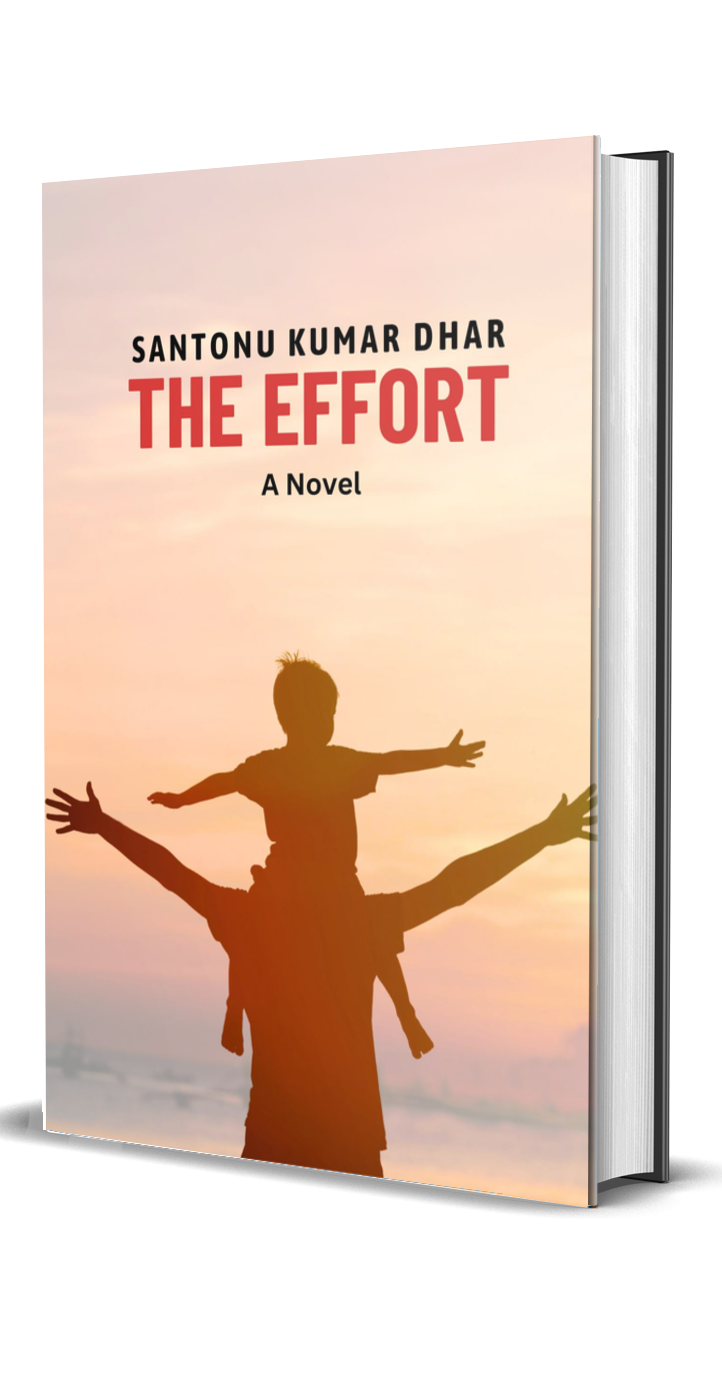Prachesta is a platform dedicated to empowering authors and promoting their works
The Best Accounting Software for Small Businesses
15 Mins Read33 Views
As a small business owner, managing your finances is crucial to the success of your operation. Using the right accounting…
Lifestyle
What is Brahma muhurta timing? Why is it important to wake up at this time?
7 Mins Read26 Views
In Hinduism, the Vedic texts emphasize the importance of awakening during the Brahma moment. This…
Entertainment
Book Review: The Ocean at the End of the Lane by Neil Gaiman
2 Mins Read11 Views
“The Ocean at the End of the Lane” is a captivating novel written by Neil…
Business
Credit Card Abuse Laws In Texas: Here’s What You Need To Know
8 Mins Read9 Views
Credit card abuse is considered a serious crime in the state of Texas. This offense…
Technology
Rank, Convert, Succeed: SaaS SEO Essentials for Businesses
6 Mins Read17 Views
Are you trying to improve a SaaS website’s online presence? Then, understanding SaaS SEO is…
Health
5 Easy Ways to Lower Blood Sugar Levels Naturally
6 Mins Read101 Views
High blood sugar, also known as hyperglycemia, can increase the risk of serious health complications…
Select By Topic
- Best Picks (53)
- Business (165)
- Accounting (5)
- Business Analysis (12)
- Business Strategy (13)
- Communication (6)
- E-commerce (1)
- Entrepreneurship (1)
- Finance (1)
- HR (7)
- Leadership (21)
- Management (40)
- Marketing (7)
- Operations (1)
- Organisational culture (1)
- Sales (5)
- Startup (1)
- Education (5)
- Entertainment (459)
- Book Reviews (458)
- Food (15)
- Health and Fitness (25)
- Interviews (67)
- Lifestyle (55)
- Home & Interior (1)
- Self-care (29)
- Spirituality (11)
- Others (18)
- Technology (19)
- Antivirus (2)
- Cybersecurity (1)
- How To (1)
- SEO (7)
- Social Media (2)
- Websites (1)
Featured Books:

Life Of Love by Santonu Kumar Dhar
Life of Love is a fresh new romance novel that will take you along on John and Sarah's journey..

The Effort by Santonu Kumar Dhar
Witness the extraordinary journey of Apu, as he faces the daunting task of caring for his ailing father after losing his mother.
LATEST
6 Mins Read101 Views
7 Mins Read3 Views
7 Mins Read3 Views
7 Mins Read0 Views
8 Mins Read2 Views
How to Practice Yoga as a Beginner?
8 Mins Read14 Views
When we think of yoga, we often envision contorted bodies and impressive flexibility. However, yoga is much more than just a physical exercise. It…
Yoga Poses for Balance and Flexibility
18 Mins Read18 Views
It’s essential to enhance your balance and flexibility for better health. Good balance helps prevent falls and injuries, while flexibility keeps your muscles and…
10 Ways To Starting a Conversation
9 Mins Read20 Views
Starting a conversation with someone you don’t know can be challenging, especially if you feel anxious in social situations. But don’t worry, being sincere…
How to Treat a Cut Lip?
5 Mins Read2 Views
Are you dealing with a cut lip? If so, you’re not alone! Cut lips are a common injury that can be caused by anything…
Unlocking Healing Power: Master Total Meditation
8 Mins Read13 Views
Unlock the power of your mind and body with Total Meditation. This ancient practice can help you achieve physical, emotional, and mental wellbeing.

